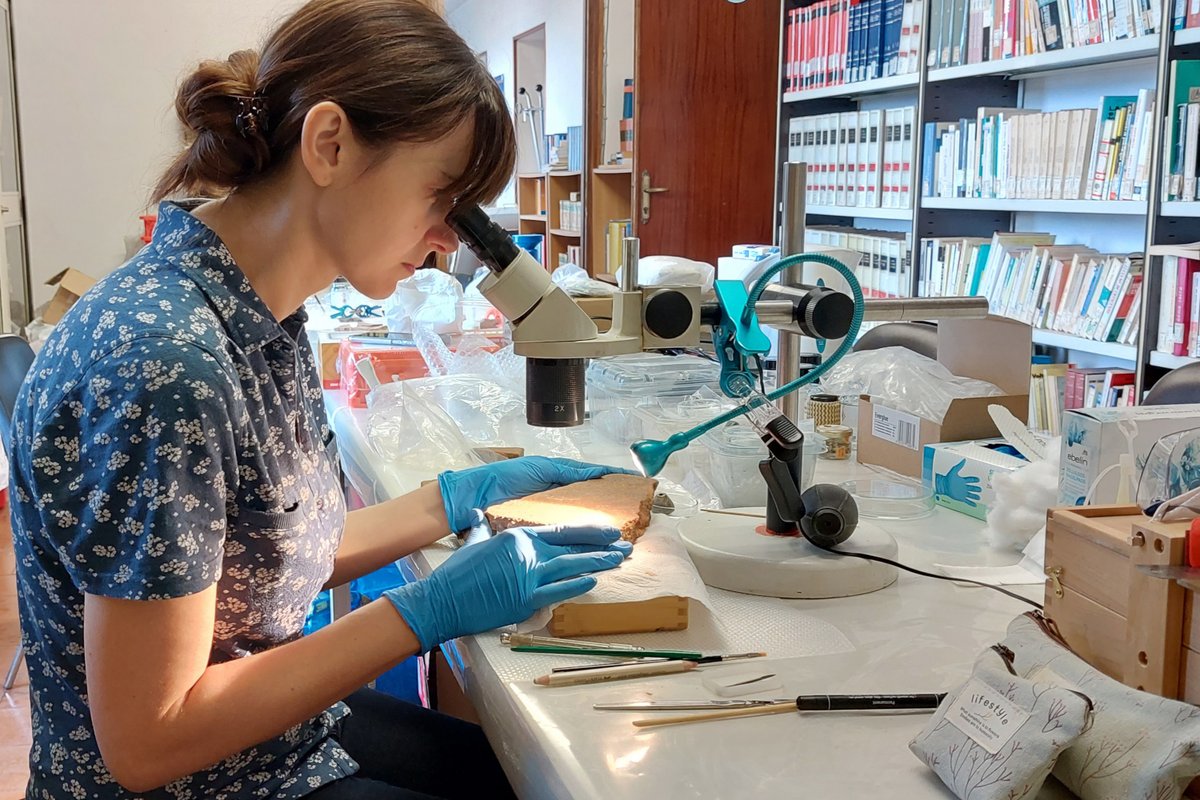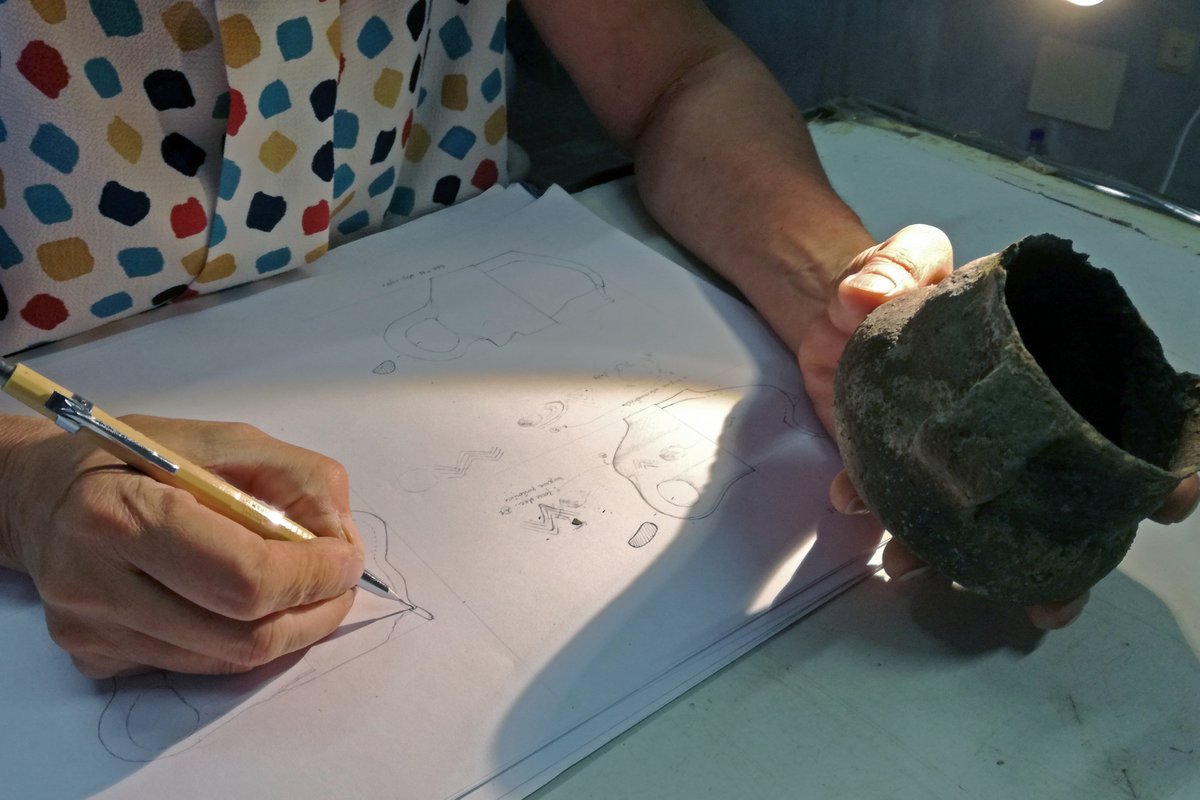Bisenzio (Capodimonte, VT – Italy) between the Bronze and the Archaic Age
A capital node connecting dynamic networks in South Etruria
The archaeological site named ‘Bisenzio’ corresponds to the eponymous ‘Monte Bisenzio’ (Bisenzio Hill, 404.8 m) rising on the SW shore of Lake Bolsena (circa 305 m asl), four kilometres N of the modern town Capodimonte in the administrative district of Viterbo (Latium, Italy). It is the case of a hill separated from flat plains to the north and south by respectively steep and gentle slopes. To the west, there are the scarps of the caldera rim, which encircles the entire lake. If the name ‘Bisenzio’ derives from ‘Visentium’, the name of the Roman municipium whose location is still unclear, the inception of a permanent settlement on the hill is much earlier and dates to at least the Final Bronze Age.
Actually, as demonstrated by the plentiful and informative domestic and burial evidence unsystematically investigated and very seldom published, a very dynamic community thrived not only on the hill, but also across the neighbouring fields, and along the now submerged lake coast between the late 10th century and the early 5th century BC.
The Final Bronze Age material mainly derives from systematic excavation on the summit of Monte Bisenzo (1978-1979), but coeval material was also collected in the surrounding foothills. Our knowledge of Bisenzio was greatly improved by the fieldwalking projects conducted by Klaus Raddatz and Jürgen Driehaus in the 70ies and early 80ies (University of Göttingen). The great majority of the finds documented were Early Iron Age and early Etruscan - later (Roman and Medieval) finds are rare. The latest finds date to around 500 BC or the start of the 5th century BC, and this is generally accepted as the end of Etruscan Bisenzio.
The cemeteries are spread over a distance of around 4 km to the south-east, west and north-west of Monte Bisenzo. Systematic excavations took place between 1884 and 1894, and between 1911 and 1933. Unfortunately, only a small minority of the grave goods has been properly illustrated. After the Second World War, numerous small excavations were carried out by the Soprintendenza per i Beni Archeologici dell’Etruria Meridionale. According to the burial types and the funerary assemblages the earliest graves can be dated back to the early 9th century BC, while the latest Etruscan burials date to around 500 BC or the start of the 5th century BC.
Scientific Goals
Thanks to transdisciplinary and cutting-edge investigations, the Bisenzio Project aims, on the one hand, to shade light on one of the most relevant and barely known archaeological sites in South Etruria, and on the other hand, to challenge the usual theoretical models employed for interpreting the settlement patterns and hierarchy in Southern Etruria as well as the traditional picture of the historical-social evolution in that region between the Bronze Age and the end of the Archaic Age.
The international and transdisciplinary team set up and directed by Dr. Andrea Babbi will carry out a variety of accurately interconnected research activities in order to answer the following overarching research questions:
- Was the central place named ‘Bisenzio’ a ‘minor’ centre, or should it be seen as a peculiar kind of ‘major’ centre thriving in a specific eco-zone since at least the Bronze Age and to a greater extent into the following periods?
- If the latter is true, which are the specific features of the different phases of such a peculiar ‘major’ centre?
- Can the features of this site help to investigate other kinds of peculiar ‘major’ centres in Southern Etruria?
- Considering the updated framework that is going to be outlined, will the traditional interpretive models still suffice or should a new theoretical prism be adopted to interpret the settlement patterns at Bisenzio and in the Lake Bolsena district?
- Was the decline of the local community abrupt, as commonly assessed, or a short but gradual downfall, and what were the reasons?
- How fast did the lake level rise, and how were the settlement patterns at Bisenzio influenced by the rising water levels?
Scientific Structure
Dr. Andrea Babbi, who designed and coordinated the first phase of research activities (2015-2017) and since 2018 is the director of the International and Transdisciplinar Bisenzio Project, is a researcher of the Institute of Heritage Science of the National Research Council of Italy (ISPC-CNR) and carries out the Bisenzio Project as Associate Researcher at the Leibniz-Forschungsinstitut für Archäologie of the Römisch-Germanisches Zentralmuseum Mainz.
In 2014, the Soprintendenza Archeologia del Lazio e dell’Etruria Meridionale (director Dr. Alfonsina Russo Tagliente / coordination with the Bisenzio Project Dr. Valeria D'Atri) conceded Dr. Andrea Babbi the necessary permits to study and publish the ancient centre of Bisenzio and its district. In 2019, the Soprintendenza Archeologia, Belle Arti e Paesaggio per l’aera metropolitana di Roma, la provincia di Viterbo e l’Etruria meridionale (director Dr. Margherita Eichberg / coordination with the Bisenzio Project Dr. Maria Letizia Arancio and currently Dr. Barbara Barbaro) confirmed Dr. Andrea Babbi and extended the above-mentioned permits. Furthermore, both the Soprintendenza and the Museo Nazionale Etrusco di Villa Giulia (director Dr. Valentino Nizzo) have allowed the access to part of the Italian Cultural Heritage such as the documents stored in their own archives, and the almost completely unpublished finds and quite rich burial assemblages located in their storerooms, aiming for their publication. What is more, the Soprintendenza makes available to the project its own knowledge of the since long protected cultural heritage and landscape. Finally, in 2017 the Polo Museale del Lazio, today Direzione Regionale Musei Lazio (director Dr. Edith Gabrielli), granted Dr. Andrea Babbi the permits to study and publish some more findings stemming from some relevant contexts located in the Bisenzio district and stored in the Museo Nazionale Etrusco Rocca Albornoz in Viterbo.
Our special thanks go to Toyota Motor Italia, Profilbereich 40,000 Years of Challenges - Mainz University, University of Applied Science / Department Geoinformatics and Surveying, i3mainz, Geo Bio Team Group, Anfibia, and Servizi Nautici Zenith, which are supporting us with the logistics of the project, and to the municipality of Capodimonte, which kindly puts its infrastructure at our disposal.
- Copy link
- Print article
Contact
- Dr. Andrea Babbi
- Kontakt
Project Period
- Since 01.2020
Support
2020-2024 Fritz Thyssen Stiftung; 2015-2017 Deutsche Forschungsgemeinschaft DFG.- Institute of Heritage Science of the National Research Council of Italy (ISPC-CNR), Roma/IT
- Soprintendenza Archeologia Belle Arti e Paesaggio per la provicia di Viterbo e per l'Etruria meridionale
- Direzione Regionale Musei Lazio, Roma/IT
- Museo Nazionale Etrusco di Villa Giulia, Roma/IT
- Goethe-Universität Frankfurt am Main, AG Geology and Palaeoenvironmental Research, Frankfurt am Main/DE
- Cyprus University of Technology, Department of Civil Engineering and Geomatics, Limassol/CY
- Sapienza Università, Dipartimento di Biologia Ambientale, Roma/IT
- Sapienza Università, Dipartimento di Scienze dell'Antichità, Roma/IT
- Museo delle Cività (Museo preistorico etnografico 'Luigi Pigorini'), Roma/IT
- Università degli studi di Padova, Dipartimento di Beni Culturali: Archeologia, Storia dell’Arte, del Cinema e della Musica (dBC), Padova/IT
- Alma Mater Studiorum - Università di Bologna, Dipartimento di Beni Culturali, Bones Lab, Bologna/IT
- Università degli Studi di Modena e Reggio Emilia, Department of Chemical and Geological Sciences, Modena/IT
- Università di Perugia, Dipartimento di Chimica, Biologia e Biotecnologie, Perugia/IT
- Università del Salento, CEntro di DAtazione e Diagnostica (CEDAD), Brindisi/IT
- Istituto Superiore per la Protezione e la Ricerca Ambientale, task force Paleoenvironmental Holocenic Evolution and Setting (ISPRA PHES), Roma/IT
- UWITEC Sampling Equipment, Mondsee/AU
- PIXAIR, Bozen/IT
- A.S.S.O. - Archeologia, Subacquea, Speleologia e Organizzazione ETS Roma/IT
- Kongsberg Maritime srl, Roma/IT
- INGEO srl Ingegneria e Geologia, Napoli/IT
- Toyota Motor Italia (TMI), Roma/IT
- Geo Bio Team Group, Palermo/IT
- Anfibia, Ravenna/IT
- Servizi Nautici Zenith, Capodimonte/IT
- Dr. Filippo Delpino, Roma/IT
- Dr. David Ivan Pellandra, Repubblica di San Marino/RSM
- Mr Mimmo Pazzanese, Roma/IT
- Ms Tiziana d’Este, Roma/IT
- Mr Francesco Marsala, Roma/IT
- A. Babbi, Settlement archaeology at Bisenzio (Capodimonte, VT): new evidence challenging overarching interpretative models”, in C. Belardelli, S. Sabatini, A. Vanzetti (eds.), Proturbano. Dibattito sul fenomeno protourbano in Italia. Proceedings of the 8th ‘Peroni Day’ (Sapienza Università di Roma, Roma 10 December 2021), in press.
- A. Babbi and Team, Bisenzio – bedeutender Knotenpunkt in Südetrurien, in Archäologie in Deutschland 01/2024, Februar-März, 42-45.
- A. Babbi, A. Celant, Danzando con Dioniso a nuova vita: Transkulturalität, Worlds in-between e ‘Politics of Distance’ tra Bisenzio ed Eretria nell’avanzato VIII sec. a.C. In A. Piergrossi, A. Babbi, M. Cultraro (eds), Tra protostoria e storia: l’Etruria nel cuore del Mediterraneo. Scritti in onore di Filippo Delpino per il suo 80° compleanno, (Mediterranea, Suppl. N.S. 2), Roma 2022, 43-73.
- A. Babbi et Al., Bisenzio. Il lago e la città, in Archeologia Viva 215, September-October 2022, 28-41.
- A. Babbi, Bisenzio. Nouvelles investigations dans un centre clé au cœur de l’Étrurie méridionale, in Dossier d'Archéologie hors-séries 29, decembre 2019, 52-55.
- A. Babbi, The Research Project ‘Bisenzio’: new insights into a major centre of southern Etruria, in N. Negroni Catacchio (ed.), Archeologia dell’abitare Insediamenti e organizzazione sociale prima della città. Dai monumenti ai comportamenti. Ricerche e scavi. Atti del XIV Incontro di Studi di Preistoria e Protostoria in Etruria (Valentano - Ischia di Castro - Manciano, 7th-9th September 2018), Milan 2020, 869-876.
- A. Babbi, F. Delpino, L'Etruria meridionale interna in età protostorica: riflessioni e suggestioni di ricerca, in L'Etruria delle Necropoli Rupestri. Atti del XXIX Convegno di Studi Etruschi (Tuscania-Viterbo 26-28 Ottobre 2017), Istituto Nazionale di Studi Etruschi ed Italici, Atti di Convegni 29, Roma 2019, 13-46.
- A. Babbi, F. Delpino, P. M. Guarino, M. Lucarini, F. Miketta, H. Schiel, I. Trinks, Bisenzio (Capodimonte, VT - Italy) between the Bronze and the Archaic Age. A minor centre or a relevant hub in the inland district of South Etruria? Report of the ‘Bisenzio Project’ research activities, 2015-2016. In BABESCH Annual Papers on Mediterranean Archaeology 94, 2019, 1-38.
- A. Babbi, Bisenzio between proto-history and the archaic period: the Research Project, in Annali della Fondazione per il Museo «Claudio Faina», XXIII, 2016, 169-186.
- A. Babbi, P. M. Guarino, M. Lucarini, The Bisenzio Project: preliminary results of the first year research, in Geosciences on a changing planet: learning from the past, exploring the future. 88° Congresso Società Geologica Italiana (Napoli, 7-9 settembre 2016), Poster (DOI: 0.13140/RG.2.2.19799.27048)
- A. Babbi, “Progetto multidisciplinare Bisenzio” (Text in English), Etruscan News 18, 2016, 12
- Blog-Beitrag: A. Babbi, 'Etrurien und Mittelmeerraum. European Joint Doctorate in ARchaeological and Cultural Heritage MATerials Sciences, Universität Rom ‘La Sapienza’, 24.-26. Juni', Report on the Weblog of the Research Training Group 1876 'Frühe Konzepte von Mensch und Natur: Universalität, Spezifität, Tradierung', Johannes-Gutenberg-Univesität Mainz, 24. Juli 2019
Link
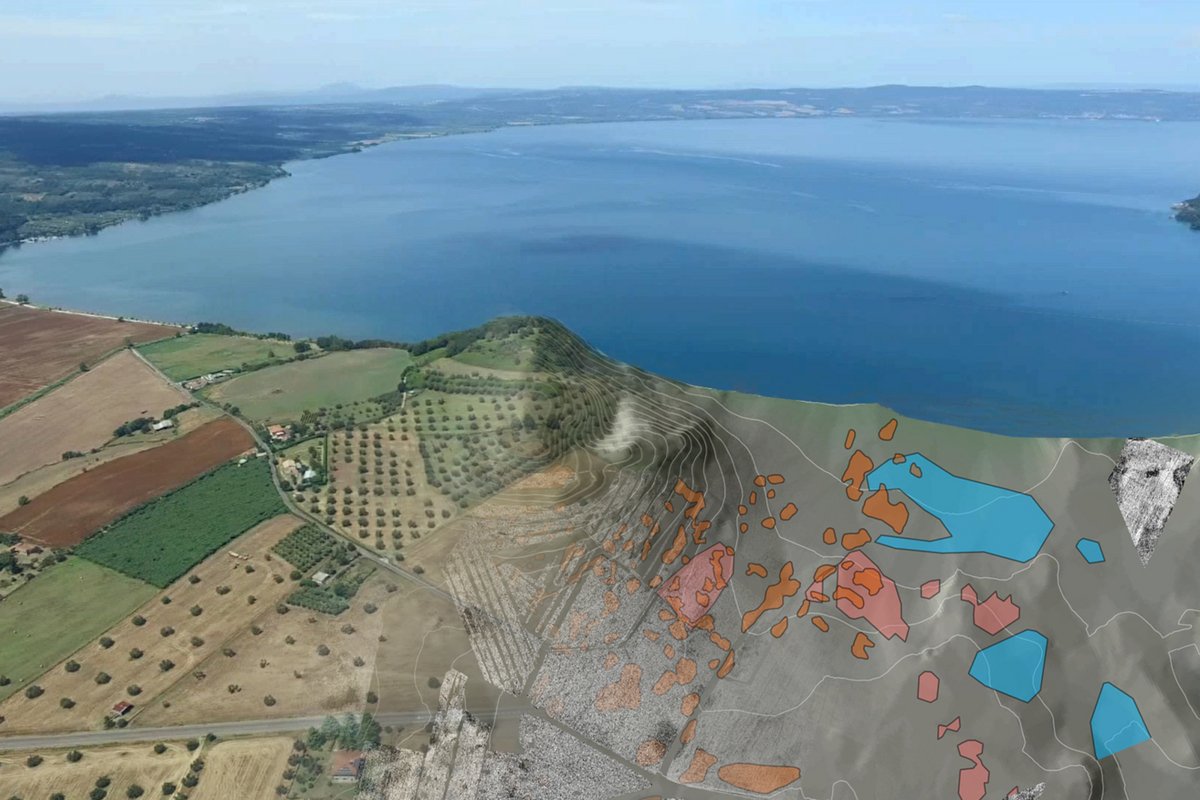
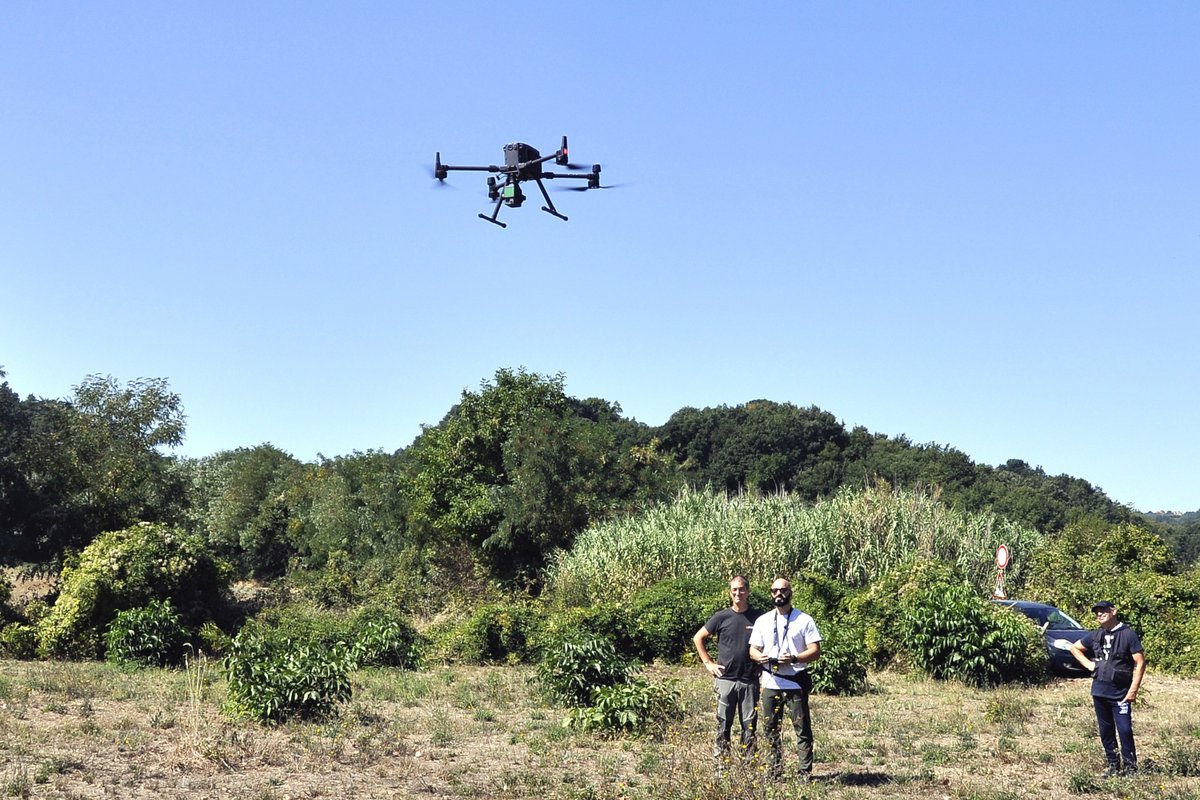
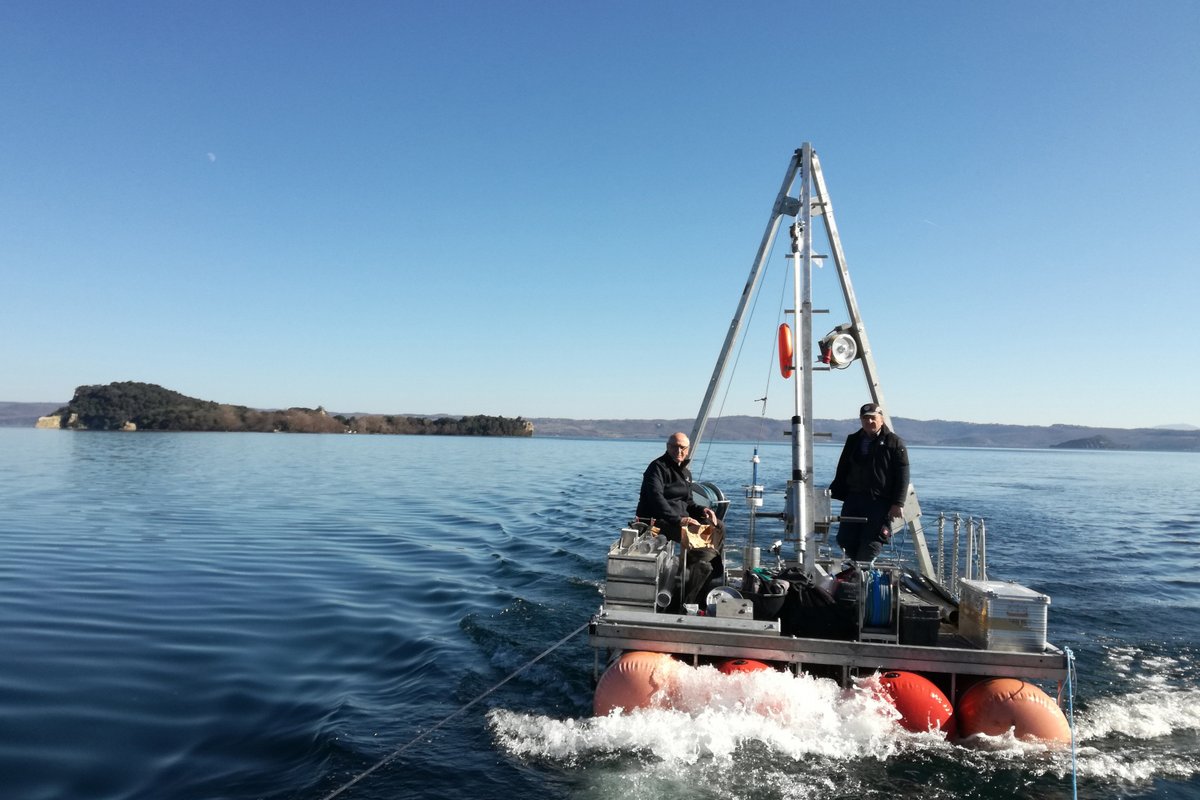
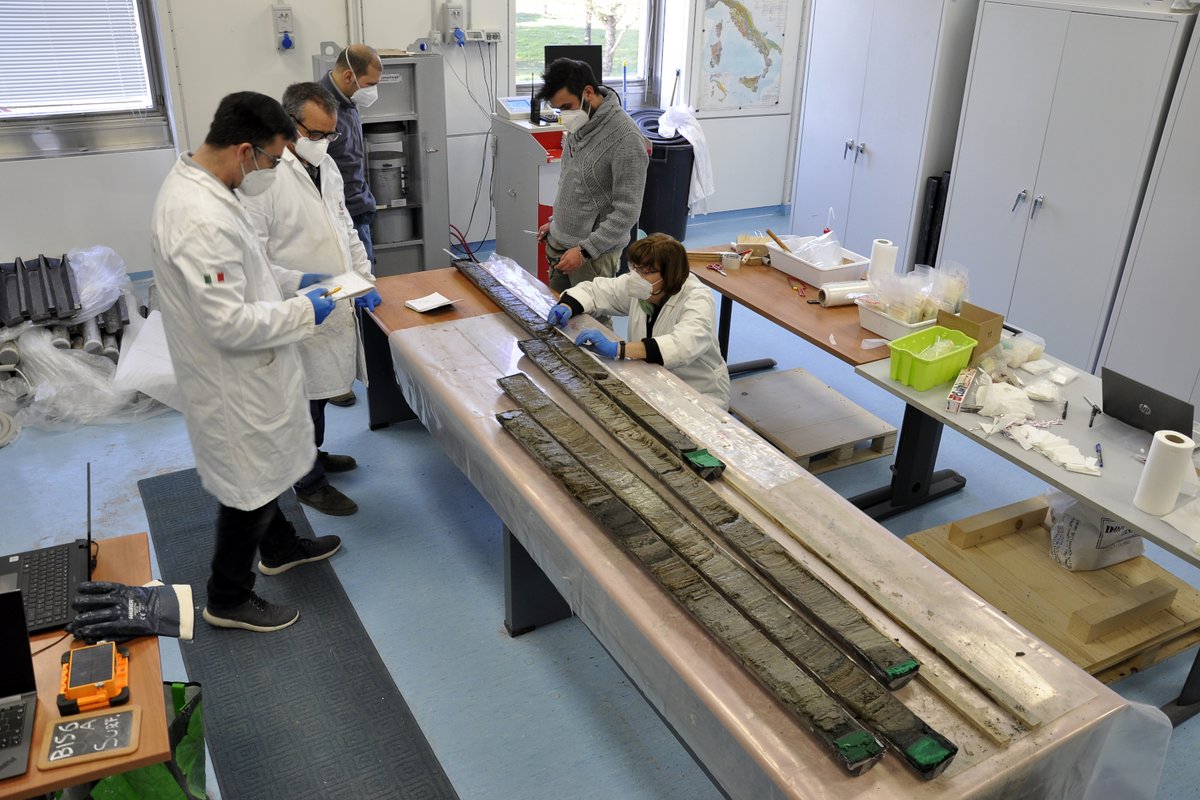
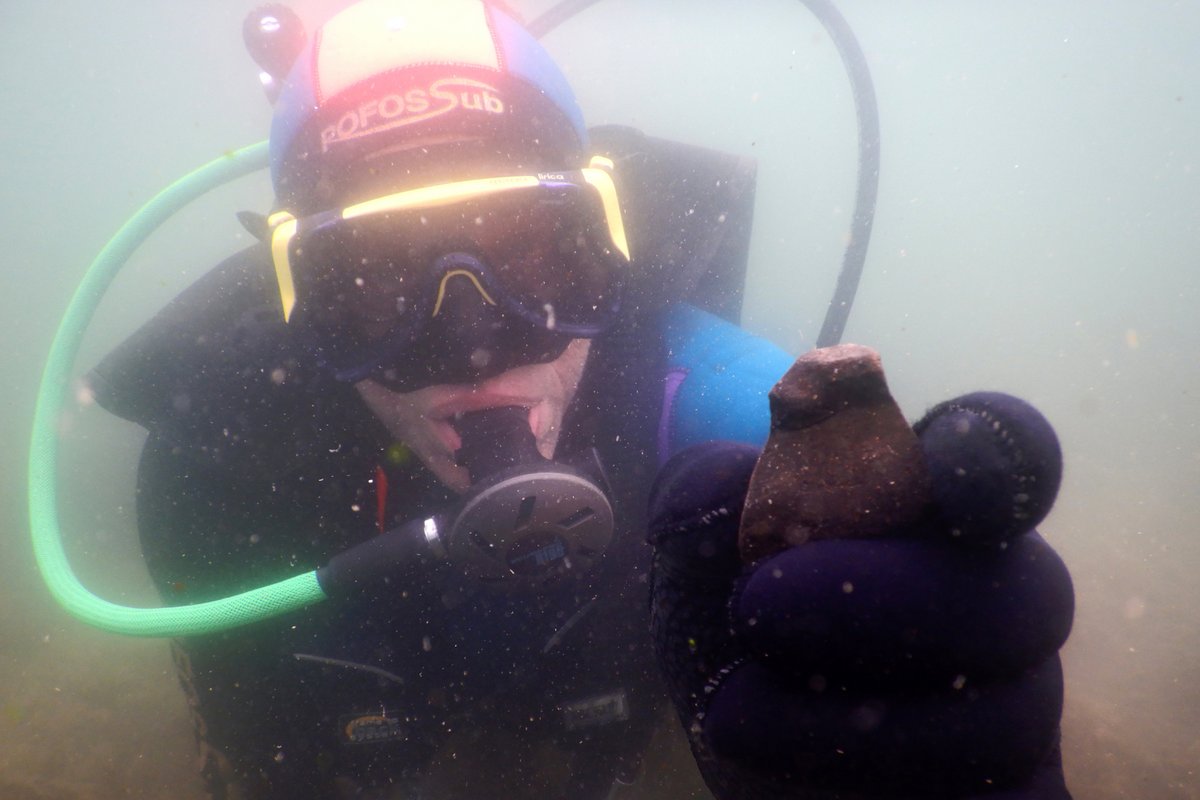
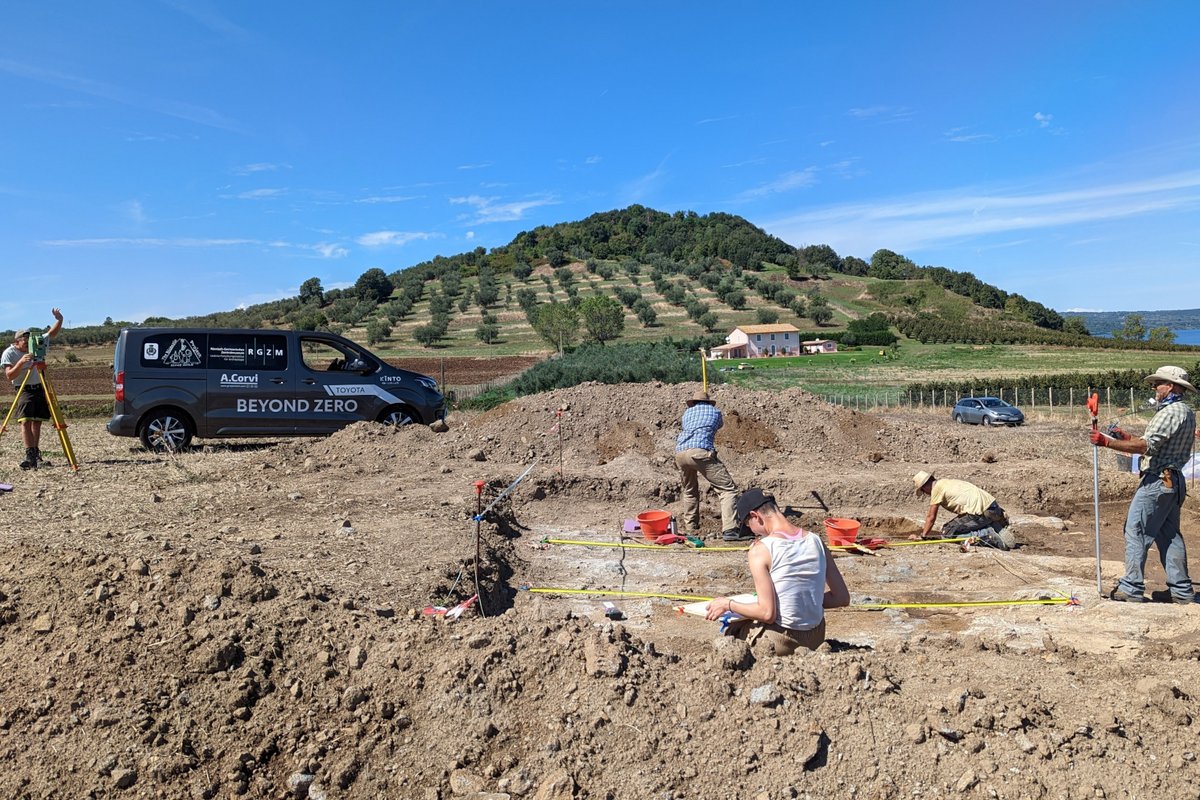
![[Translate to Englisch:] Ausgrabungskampagne 2023](/fileadmin/_processed_/e/1/csm_07_BisenzioAusgrabungskampagne2023_03_9d50994b4f.jpg)
![[Translate to Englisch:] Ausgrabungskampagne 2023](/fileadmin/_processed_/1/0/csm_08_BisenzioAusgrabungskampagne2023_05_2e01cb5683.jpg)
